When using the Hiilennielu forestry approach:
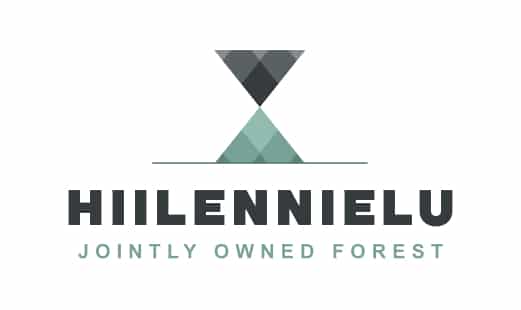
When using the Hiilennielu forestry approach:
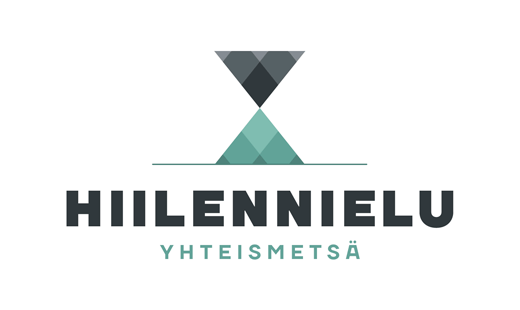
Hiilennielu jointly owned forest is a responsible, productive and convenient way to own, manage and utilise forest. Hiilennielu offers an operating model that is more profitable than the traditional Finnish way to manage forests, and it supports the mitigation of climate change, creates natural carbon sinks and maintains biodiversity in unique Finnish nature.
As a tool, Hiilennielu uses continuous cover forestry based on the natural regeneration of forests. This kind of forestry maintains forest cover in the forests we own and minimises the need for clear felling. In continuous cover forestry, felling is done as thinning from above: economically mature trees are harvested, thus providing smaller trees with room to grow.

2.900,11
Hiilennielu’s carbon sequestration calculator
is used during the growing season from 1 May to 15 October.
started on 1 May 2019.
Felling from the beginning of 2019 and felling to be carried out in the coming year are deducted from the calculator’s figure.
(The average carbon footprint of a Finn is 10.3 CO2 tn per year)
Hiilennielu’s carbon sequestration calculator
2.900,11
Hiilennielu’s carbon sequestration calculator
is used during the growing season
from 1 May to 15 October
the Hiilennielu jointly owned forest. The calculation of carbon sequestration
started on 1 May 2019.
Felling from the beginning of 2019 and felling to be carried out in the coming
year are deducted from the calculator’s figure.
(The average carbon footprint of a Finn is 10.3 CO2 tn per year)
ENVIRONMENTAL IMPACTS ON FORESTS
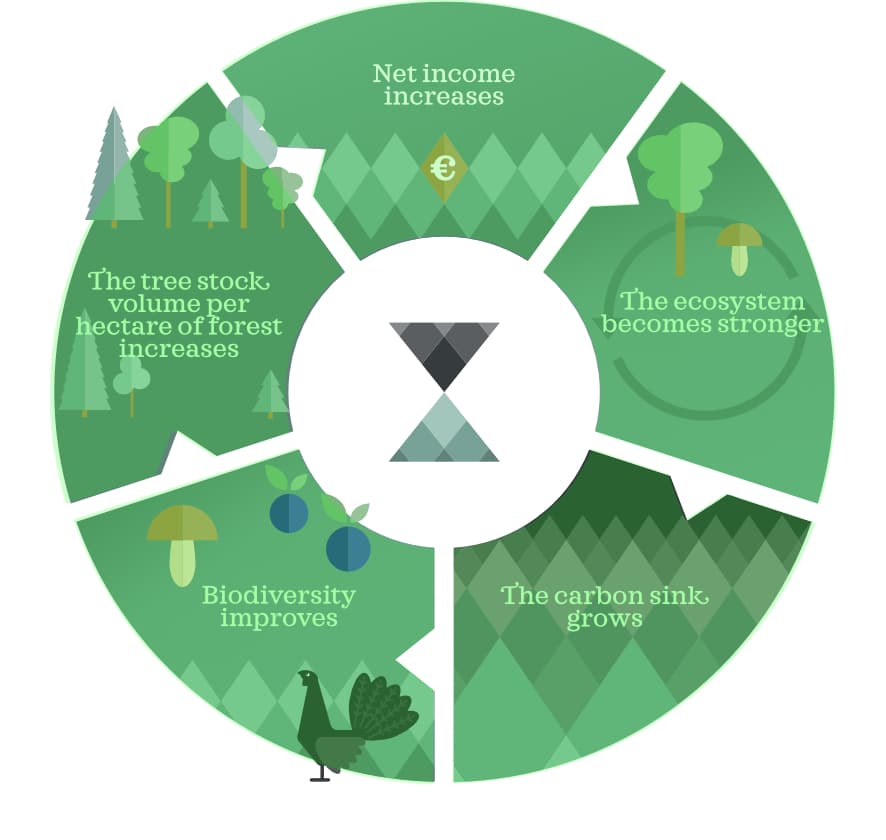
ENVIRONMENTAL IMPACTS
ON PEATLAND FORESTS
HIILENNIELU’S FOREST ESTATES
Currently, the joint forest Hiilennielu currently has over 3000 hectares of forest estates. They are located in North and South Savo, Central Finland, North Ostrobothnia, Kainuu, and Lapland. Below are pictures from Hiilennielu’s forest estates. Below you can see some photos of Hiilennielu’s forest estates
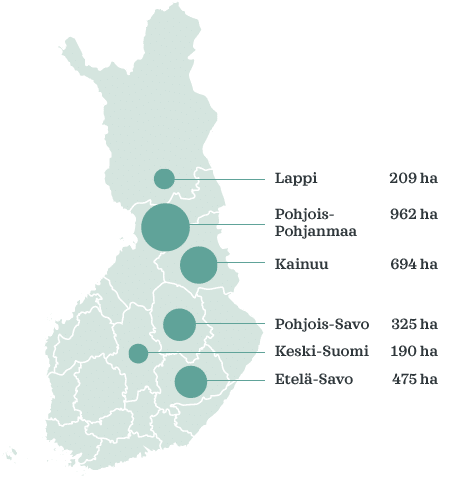
ENVIRONMENTAL IMPACTS ON PEATLAND FORESTS
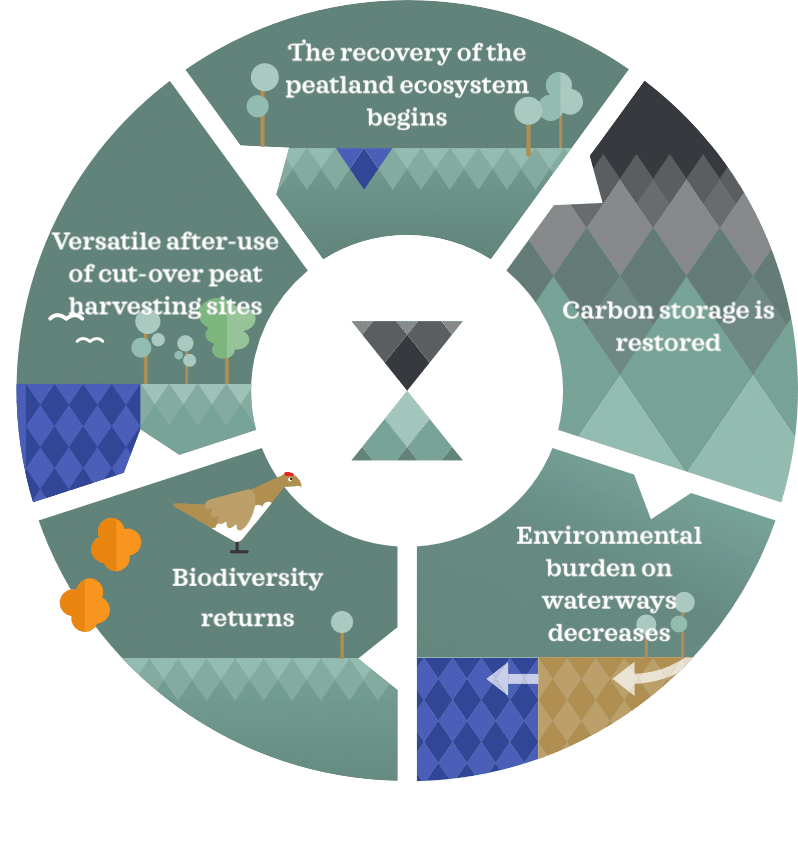
HIILENNIELU’S FOREST ESTATES
Currently, the Hiilennielu jointly owned forest has over 2,720 hectares of forest estates. They are located in Central Finland, North Ostrobothnia and Kainuu. Below you can see some photos of Hiilennielu’s forest estates
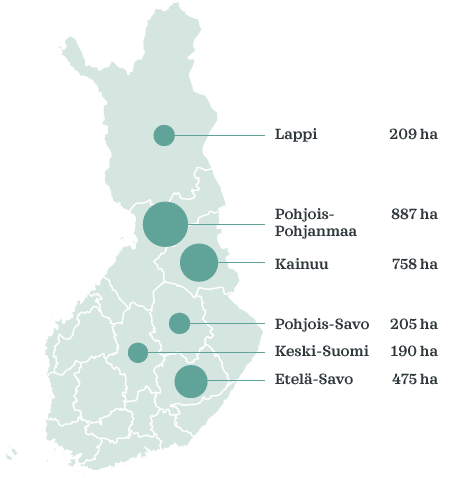
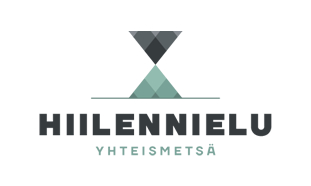
Hiilennielu jointly owned forest
Matosaarentie 15, 00850 Helsinki
Contact person
Timo Kujala
+358 400 100 670
timo.kujala@hiilennielu.fi
Hiilennielu jointly owned forest is a responsible, productive and convenient way to own, manage and utilise forest. Hiilennielu offers an operating model that is more profitable than the traditional Finnish way of clear-felling and establishing plantation forests, and it supports the mitigation of climate change, creates natural carbon sinks and maintains biodiversity in unique Finnish nature.
Contact
Hiilennielu jointly owned forest
Matosaarentie 15, 00850 Helsinki
Contact person
Timo Kujala
+358 400 100 670
timo.kujala@hiilennielu.fi
